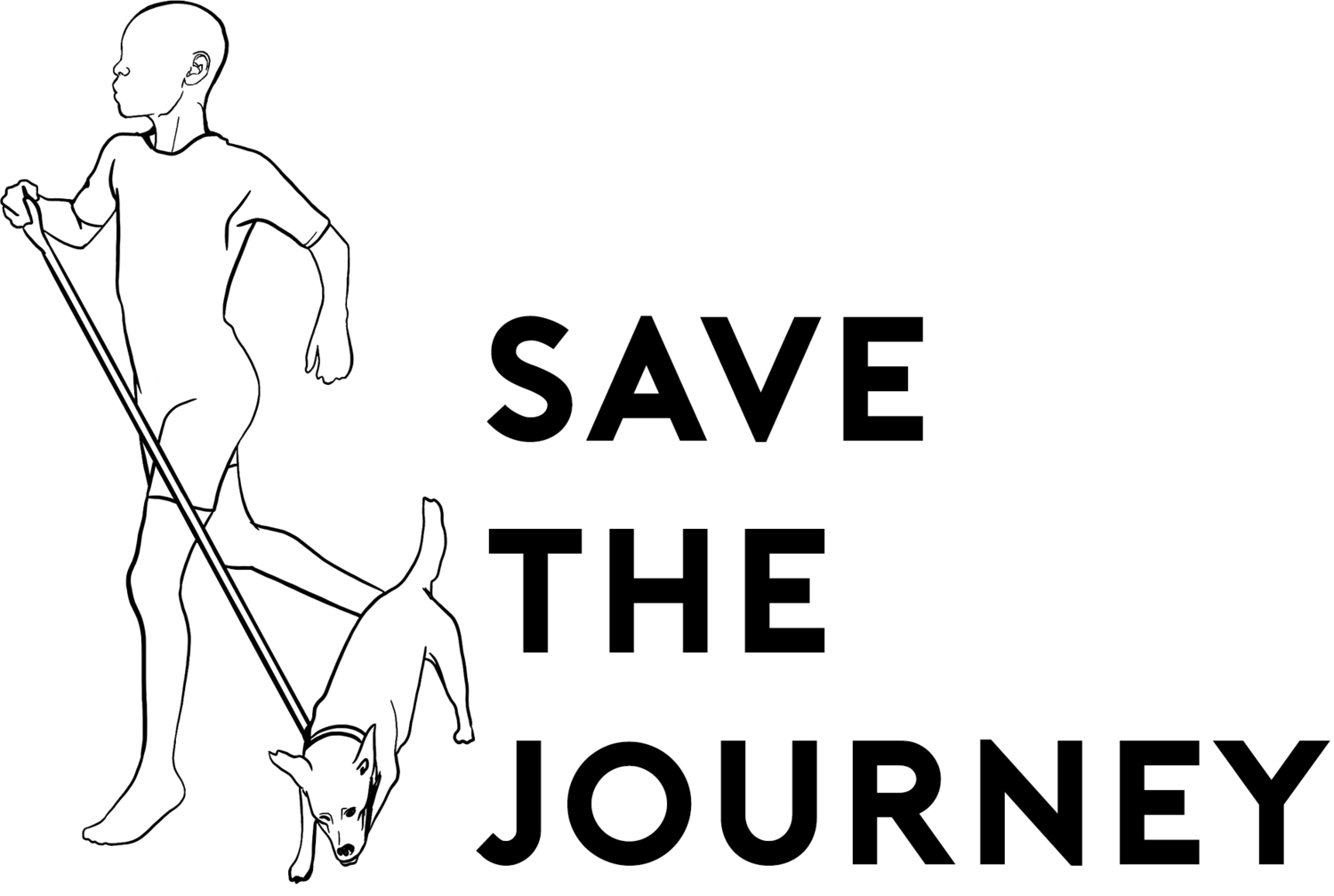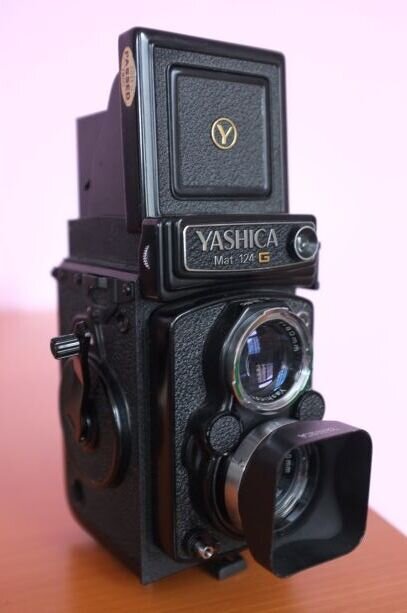Yashica Mat 124G Review
This is a Yashica Mat 124G. This might not look like any other camera you have ever seen before. It kinda looks like some magical box; the top folds open, there’s a crank on the side, why on earth are there two lenses? This camera forces you to completely change your approach to photography. And I don’t think that’s a bad thing.
This Yashica Mat 124G is categorized as a TLR (Twin Lens Reflex System), but before we get too technical, let’s first have a look at what kind of photos, this oddly handsome, camera can capture. Continue on for the review of this unique looking camera.

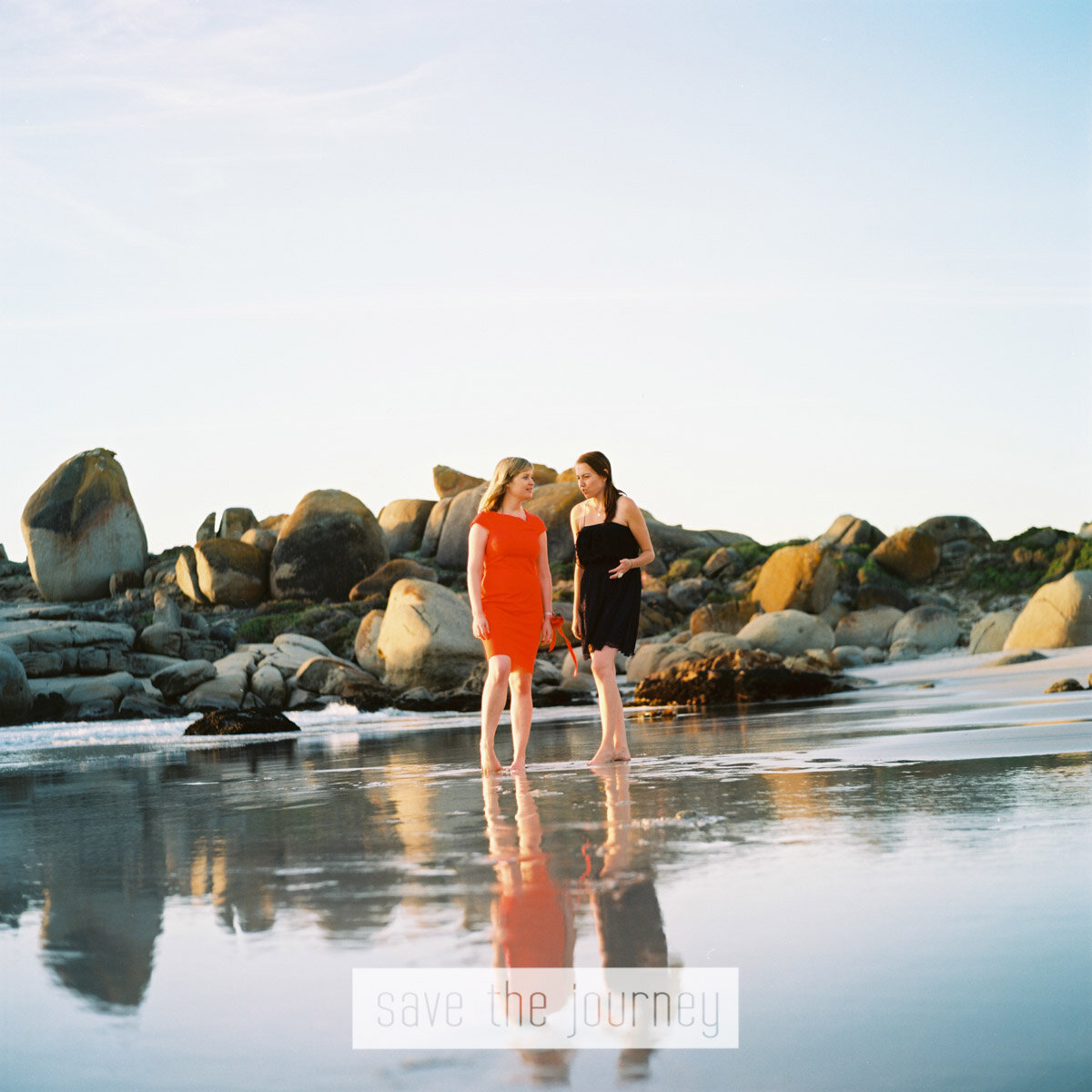


Loaded with one of my favourite colour films - Kodak Ektar. A fantastic film that has high saturation and high contrast – perfect for the South African sun. When underexposed, it gets a lovely blue tint in the shadows. This is mostly visible in the greens.
This film is, in analog photography terms, a brand spanking new creation. Only released in 2008. But it became an instant classic. The camera was produced somewhere between 1970 and 1986. An incomprehensibly long production cycle compared to nowadays. It’s actually an identical copy of the more expensive, German Rolleiflex. But it doesn’t cheapen the camera or its potential to me.
As you’re looking at the photos, a few things stand out about them. The photos do not look like modern digital photos but still have an incredible image quality that you wouldn’t really expect from such an old camera. How is this possible? Welcome to the beautiful world of medium format film!
Medium format film (120) is much larger than your standard 35mm film (135) roll. One photo is almost four times as large, measuring 5.6 x 5.6cm.
Another upside of this larger format is that a telephoto lens on this camera becomes a normal lens. The result is loads of swirly bokeh to blur out the background, plus it adds more compression to the square images. These characteristics give the photos a really classy look.
The main downsides is the camera is larger and heavier, and you only get 12 images per roll, instead of 36.
As a sidenote, the photos are square since you can not comfortably tilt the camera 90 degrees and take a portrait photo. As a solution, engineers decided to just let you shoot a square photo, allowing you to crop the photo in either landscape or portrait layout in “post” with minimal loss.
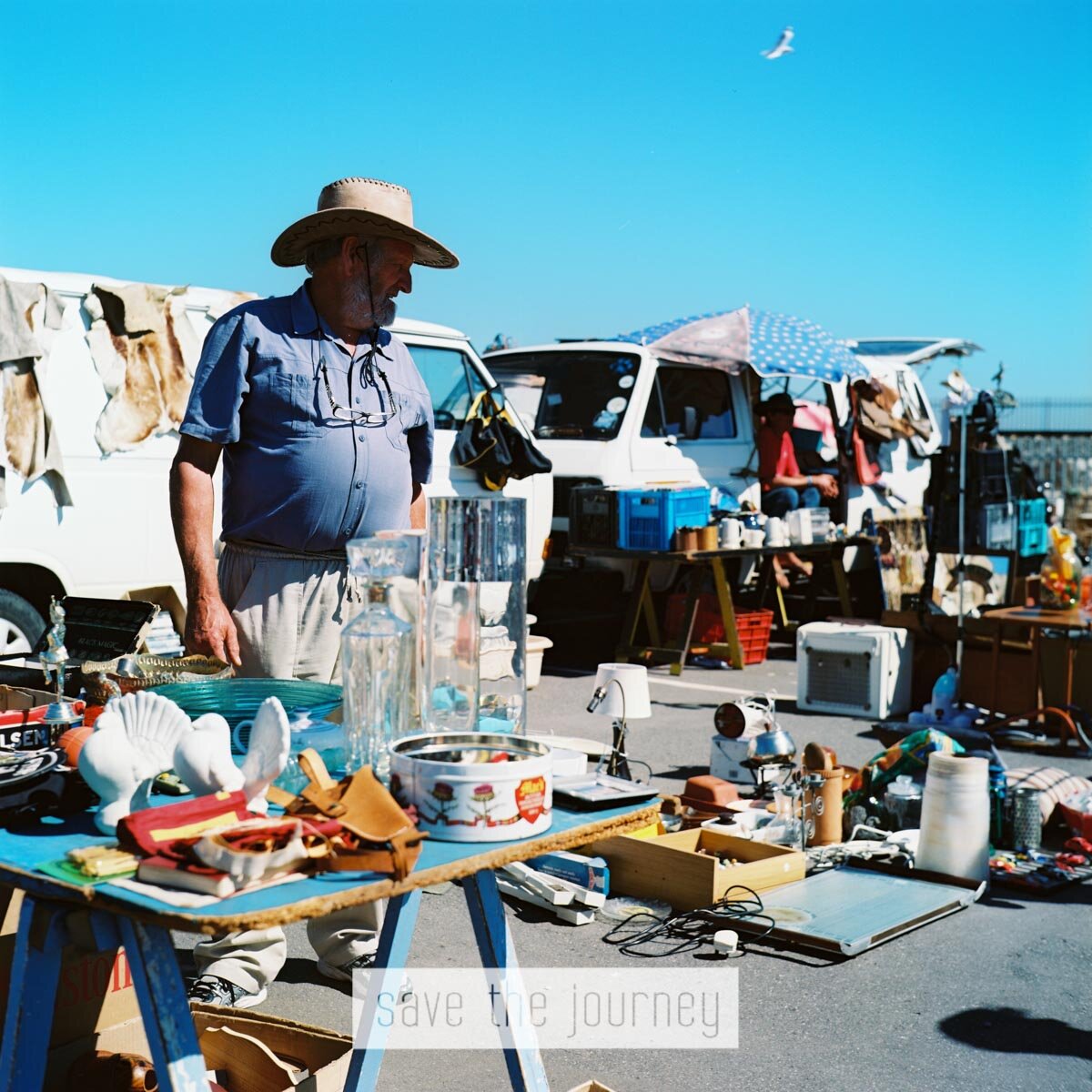

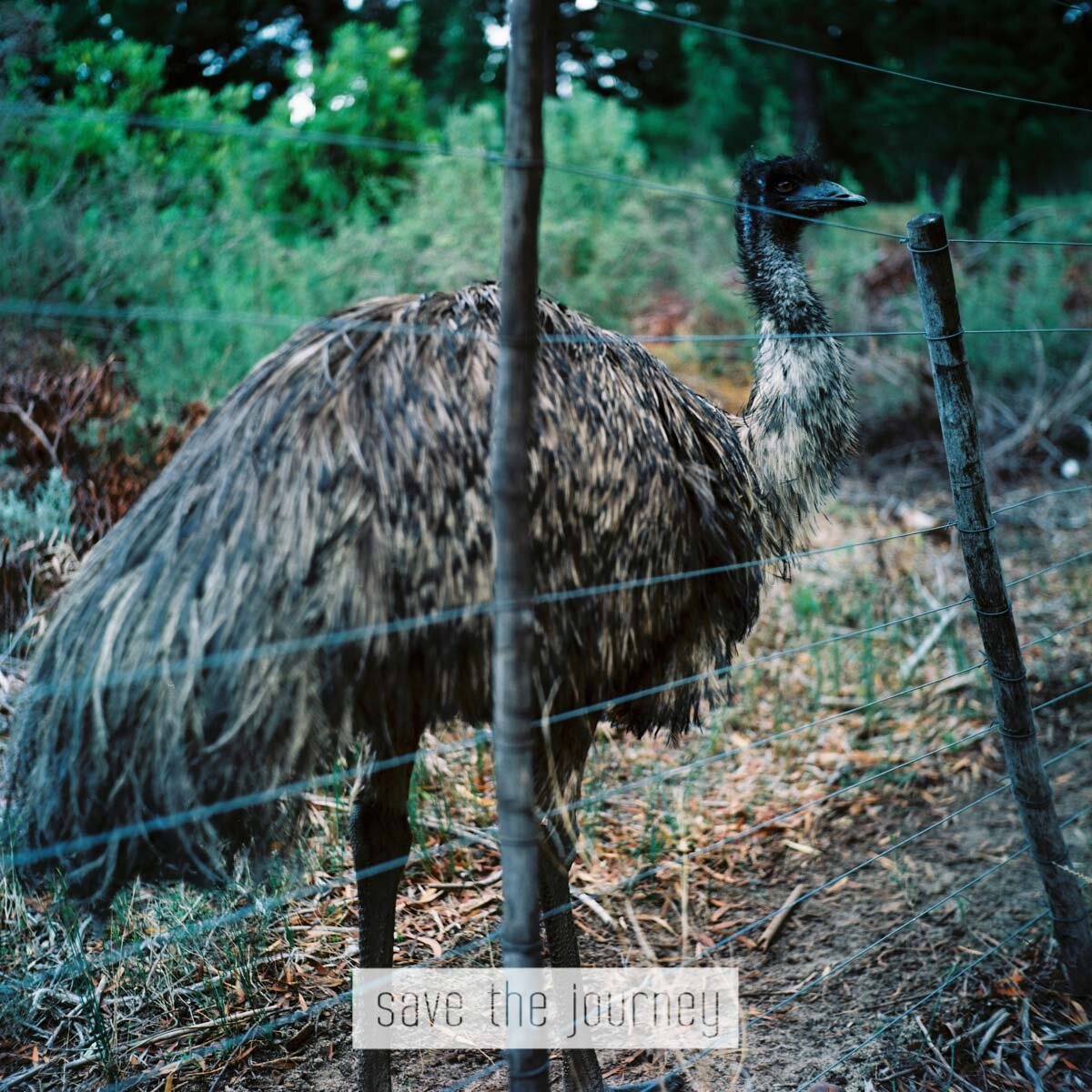
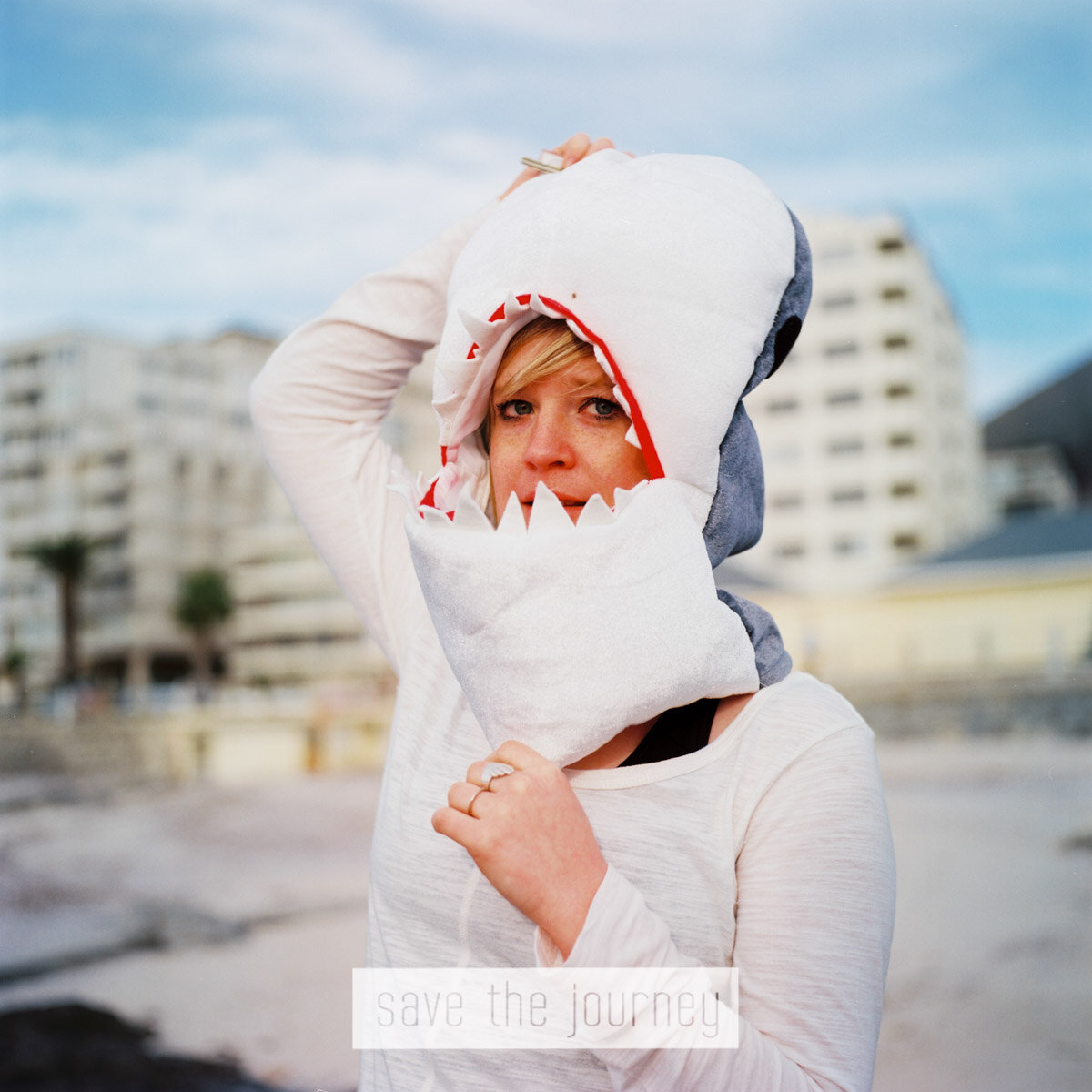
So how do you use it? You’ll need a neckstrap to use this medium format camera. Dangle it really low on stomach level, this will reveal the screen on top. The screen is the reason you have two lenses (hence the Twin Lens Reflex name). The photographer looks through the top lens, the bottom lens takes the actual photo. This is something you need to keep in mind when photographing with the Yashica Mat 124G. What you see is always a little bit different to what you’re photographing. After some practice, you tend to get used to this and the mirrored screen, but with very tight or specific framing, you’re always best to take a couple of photos. Back in the day, seeing what you’re photographing was a bigger issue than it thankfully is now.
The knob at your left hand is the focus, no zoom here.
The knob at your left hand is the focus, no zoom here. And the tiny little button underneath the bottom lens is your shutter button to take the photo. Give the camera a crank with your right hand and you’re set to take your next shot. BUT BEWARE! You only have 11 shots left and your film costs €8 per roll. Developing with digital scans but no prints is about €20. This is the love/hate relationship I have with analog photography!
I do not have this camera anymore, but it’s one I know I will own again at some stage. Especially after writing this review, I have fallen so deeply in love with the Yashica Mat 124G again! These photos are already seven years old, I could hardly believe that 2013 was so long ago! I might just have a look at eBay to cheer me up.
Thanks to Nic Flanagan for providing me with these fantastic sketches.
If you want an analog look on a digital camera, check out this lens combo I have for sale here. The Mitakon Zhongyi Lens Turbo II with an Olympus OM 50mm f1.8 lens. Some great sample photos there too.
Or click here to find out what my favourite lens ever is!
